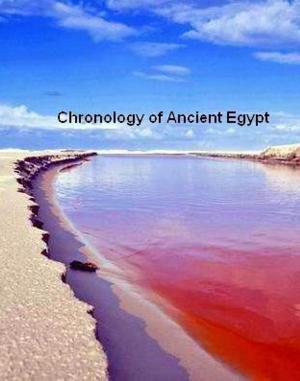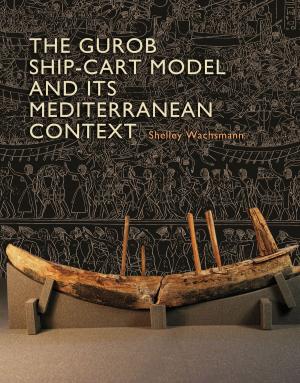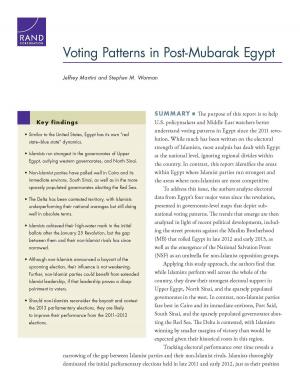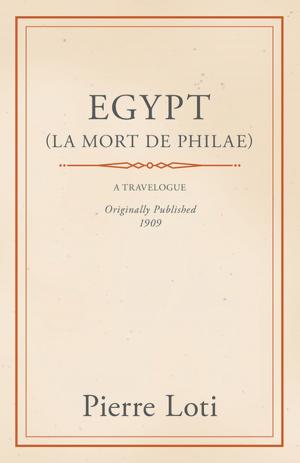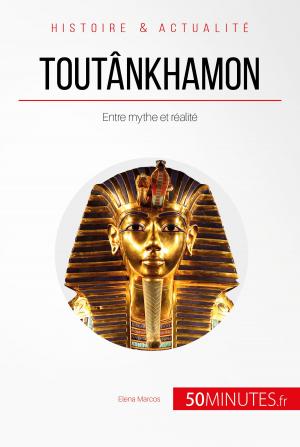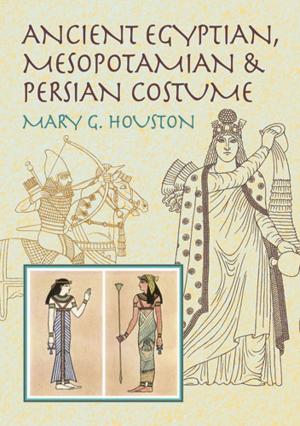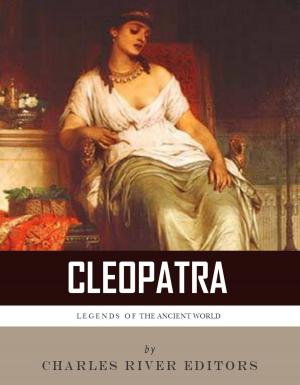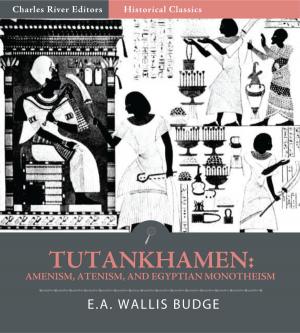| Author: | E. A. Wallis Budge | ISBN: | 9788898301416 |
| Publisher: | Harmakis Edzioni | Publication: | January 30, 2016 |
| Imprint: | Language: | English |
| Author: | E. A. Wallis Budge |
| ISBN: | 9788898301416 |
| Publisher: | Harmakis Edzioni |
| Publication: | January 30, 2016 |
| Imprint: | |
| Language: | English |
The Rosetta Stone is a granodiorite stele inscribed with a decree issued at Memphis, Egypt, in 196 BC on behalf of King Ptolemy V. The decree appears in three scripts: the upper text is Ancient Egyptian hieroglyphs, the middle portion Demotic script, and the lowest Ancient Greek. Because it presents essentially the same text in all three scripts (with some minor differences among them), the stone provided the key to the modern understanding of Egyptian hieroglyphs. The stone is believed to have originally been displayed within a temple, possibly at nearby Sais. It was probably moved during the early Christian or medieval period, and was eventually used as building material in the construction of Fort Julien near the town of Rashid (Rosetta) in the Nile Delta. It was rediscovered there in 1799 by a soldier named Pierre-Francois Bouchard of the Napoleonic expedition to Egypt. It was the first Ancient Egyptian bilingual text recovered in modern times, and it aroused widespread public interest with its potential to decipher this previously untranslated ancient language. Study of the decree was already under way when the first full translation of the Greek text appeared in 1803. It was 20 years, however, before the transliteration of the Egyptian scripts was announced by Jeas-Francois Champollion in Paris in 1822; it took longer still before scholars were able to read Ancient Egyptian inscriptions and literature confidently. Major advances in the decoding were recognition that the stone offered three versions of the same text (1799); that the demotic text used phonetic characters to spell foreign names (1802); that the hieroglyphic text did so as well, and had pervasive similarities to the demotic (Thomas Young, 1814); and that, in addition to being used for foreign names, phonetic characters were also used to spell native Egyptian words (Champollion, 1822–1824).
The Rosetta Stone is a granodiorite stele inscribed with a decree issued at Memphis, Egypt, in 196 BC on behalf of King Ptolemy V. The decree appears in three scripts: the upper text is Ancient Egyptian hieroglyphs, the middle portion Demotic script, and the lowest Ancient Greek. Because it presents essentially the same text in all three scripts (with some minor differences among them), the stone provided the key to the modern understanding of Egyptian hieroglyphs. The stone is believed to have originally been displayed within a temple, possibly at nearby Sais. It was probably moved during the early Christian or medieval period, and was eventually used as building material in the construction of Fort Julien near the town of Rashid (Rosetta) in the Nile Delta. It was rediscovered there in 1799 by a soldier named Pierre-Francois Bouchard of the Napoleonic expedition to Egypt. It was the first Ancient Egyptian bilingual text recovered in modern times, and it aroused widespread public interest with its potential to decipher this previously untranslated ancient language. Study of the decree was already under way when the first full translation of the Greek text appeared in 1803. It was 20 years, however, before the transliteration of the Egyptian scripts was announced by Jeas-Francois Champollion in Paris in 1822; it took longer still before scholars were able to read Ancient Egyptian inscriptions and literature confidently. Major advances in the decoding were recognition that the stone offered three versions of the same text (1799); that the demotic text used phonetic characters to spell foreign names (1802); that the hieroglyphic text did so as well, and had pervasive similarities to the demotic (Thomas Young, 1814); and that, in addition to being used for foreign names, phonetic characters were also used to spell native Egyptian words (Champollion, 1822–1824).


